Optimal Timing for Waterproofing Applications
Proper timing is essential for effective waterproofing. The optimal period depends on weather conditions, temperature, and the specific type of waterproofing material used. Generally, dry and mild weather conditions provide the best environment for application and curing.
Spring offers moderate temperatures and lower humidity, making it suitable for waterproofing projects before the heavy rainfall season.
Summer provides warm weather, which can accelerate curing times. However, high temperatures and humidity should be monitored to prevent issues.
Fall is ideal for waterproofing as temperatures remain moderate, and it precedes winter conditions that can hinder application.
Winter is generally unsuitable due to freezing temperatures and potential moisture issues, which can compromise waterproofing effectiveness.

Spring weather facilitates effective waterproofing with optimal temperature and humidity levels.
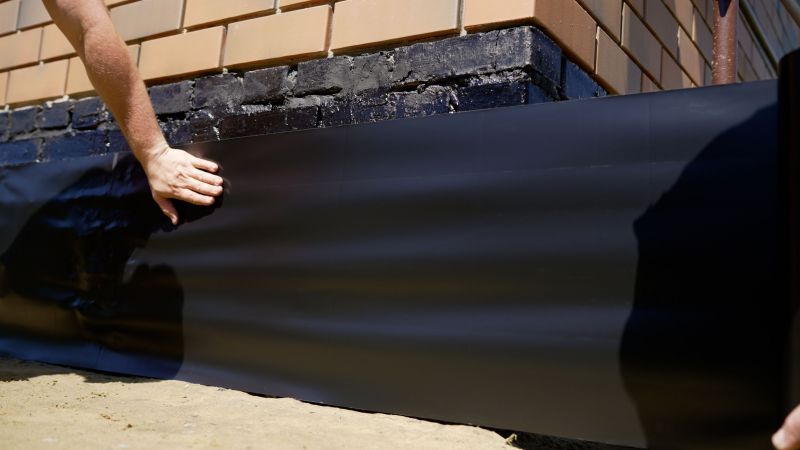
Summer's warmth can help in quick curing, provided high temperatures are managed properly.

Fall offers favorable conditions for waterproofing projects before winter sets in.
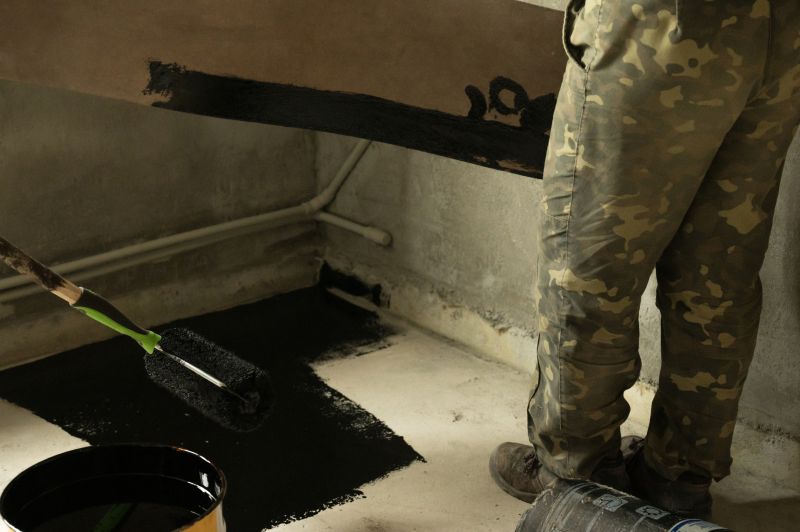
Ways to make Waterproofings work in tight or awkward layouts.

Popular materials for Waterproofings and why they hold up over time.
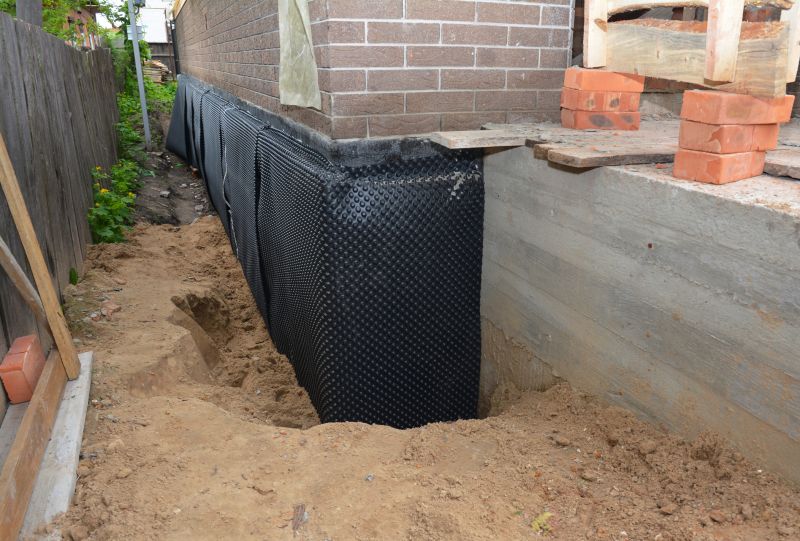
Simple add-ons that improve Waterproofings without blowing the budget.
| Season | Suitable Conditions |
|---|---|
| Spring | Moderate temperatures, lower humidity, dry weather |
| Summer | Warm weather, monitor high heat and humidity |
| Fall | Moderate temperatures, dry conditions |
| Winter | Freezing temperatures, high moisture, generally unsuitable |
Waterproofings are essential for protecting structures from water intrusion, which can cause structural damage, mold growth, and other issues. Different materials and techniques are used depending on the application, including membranes, coatings, and sealants. Proper timing ensures these materials adhere correctly and perform effectively over time.
Statistics show that waterproofing can extend the lifespan of a building by preventing water-related damages. Effective waterproofing reduces repair costs and enhances the durability of foundations, roofs, and walls. Planning waterproofing projects during optimal weather conditions maximizes the effectiveness of materials and ensures long-lasting results.
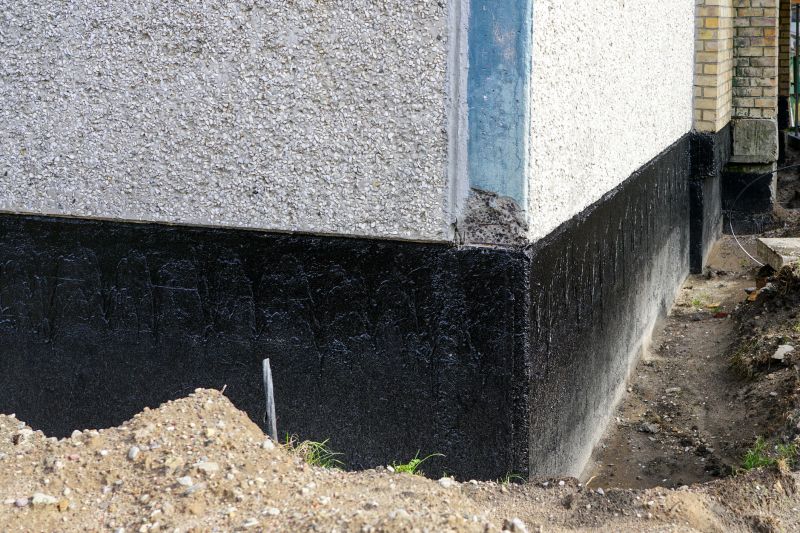
Application of waterproof coatings on a building exterior.
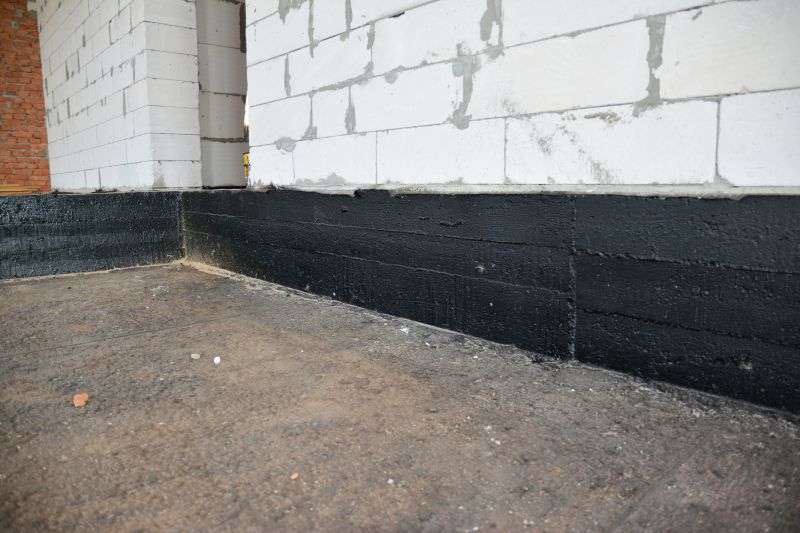
Foundation sealing to prevent water intrusion.

Waterproof membranes installed on rooftops.
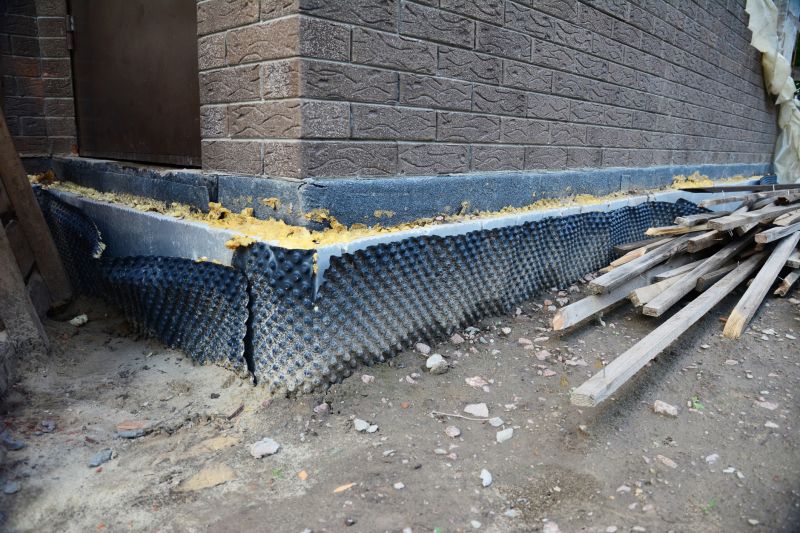
Various materials used in waterproofing projects.
Interested in waterproofing services? Filling out the contact form can provide more information and help schedule a consultation to determine the best timing for specific waterproofing needs.


